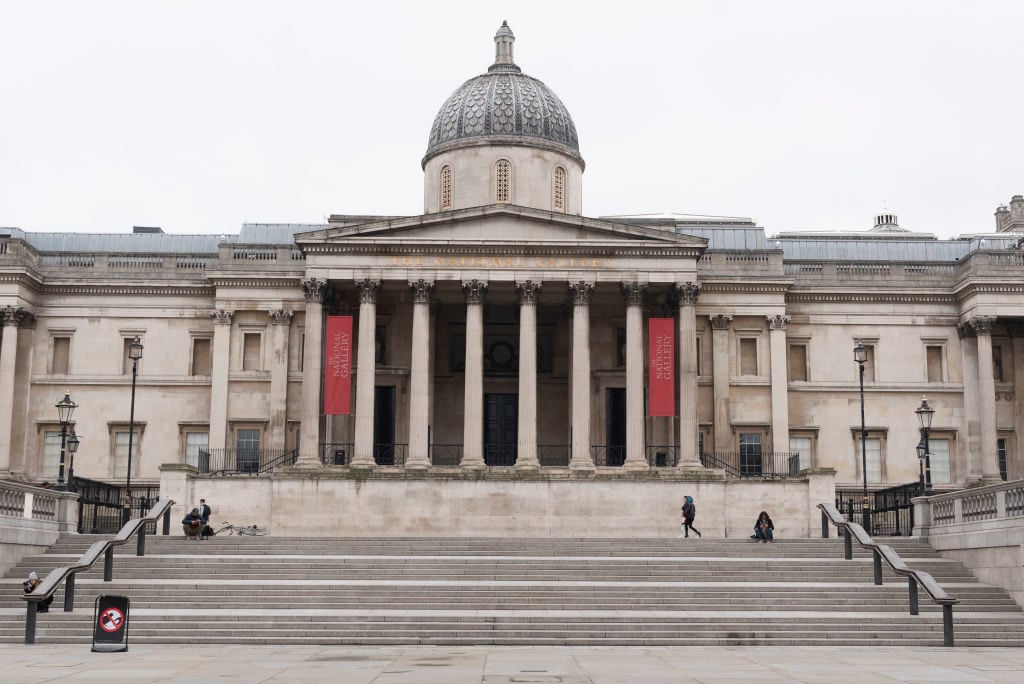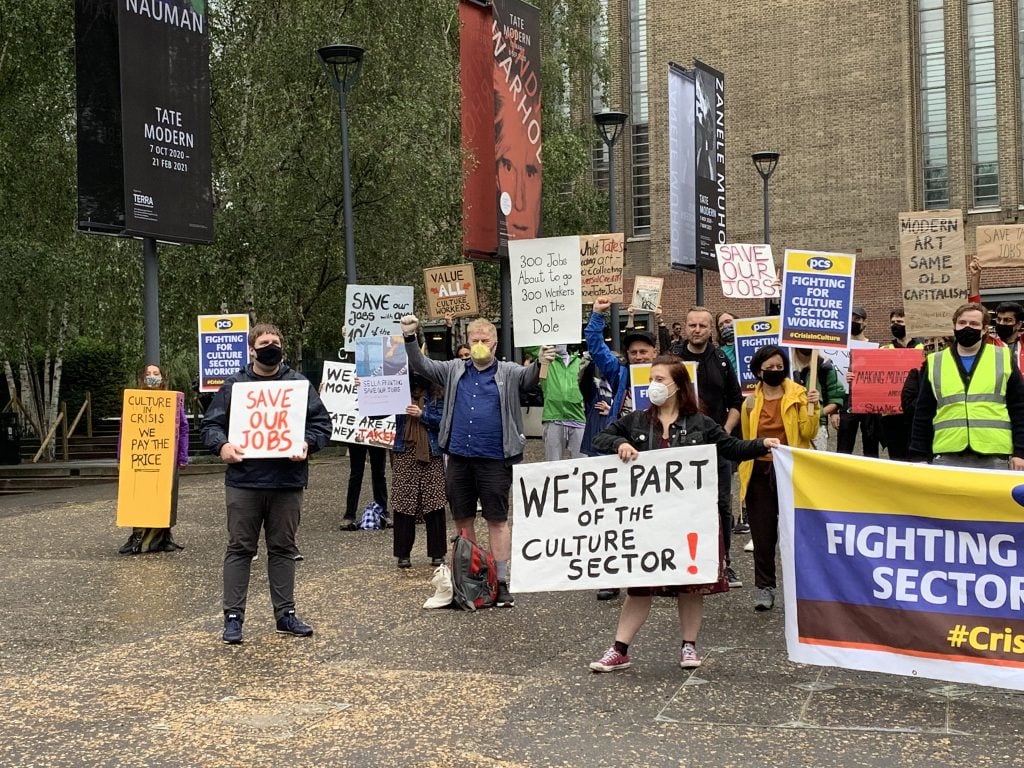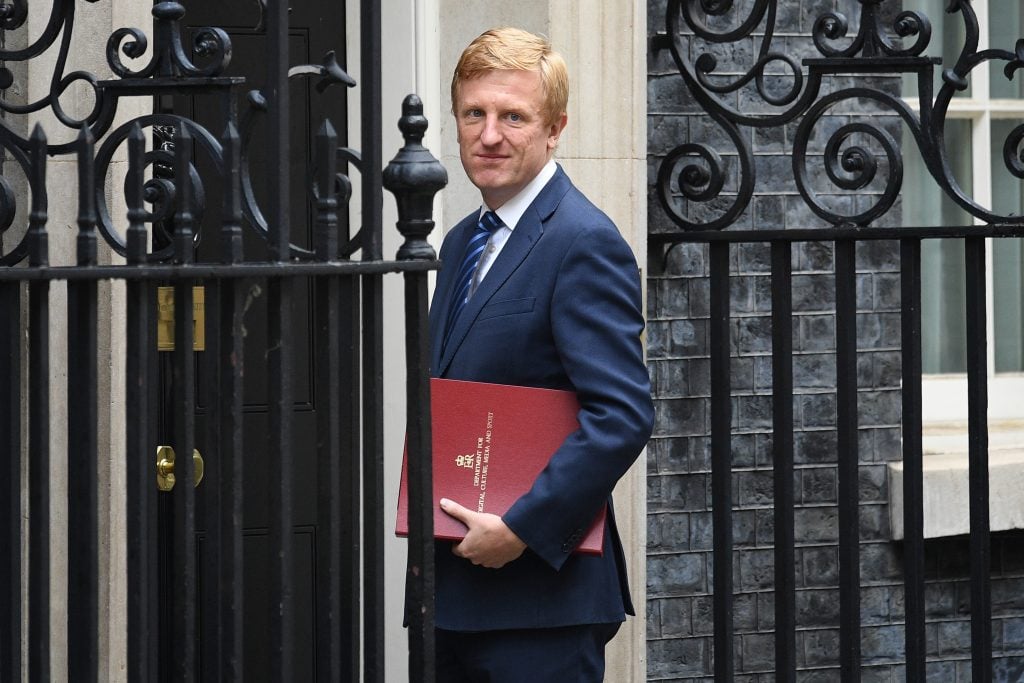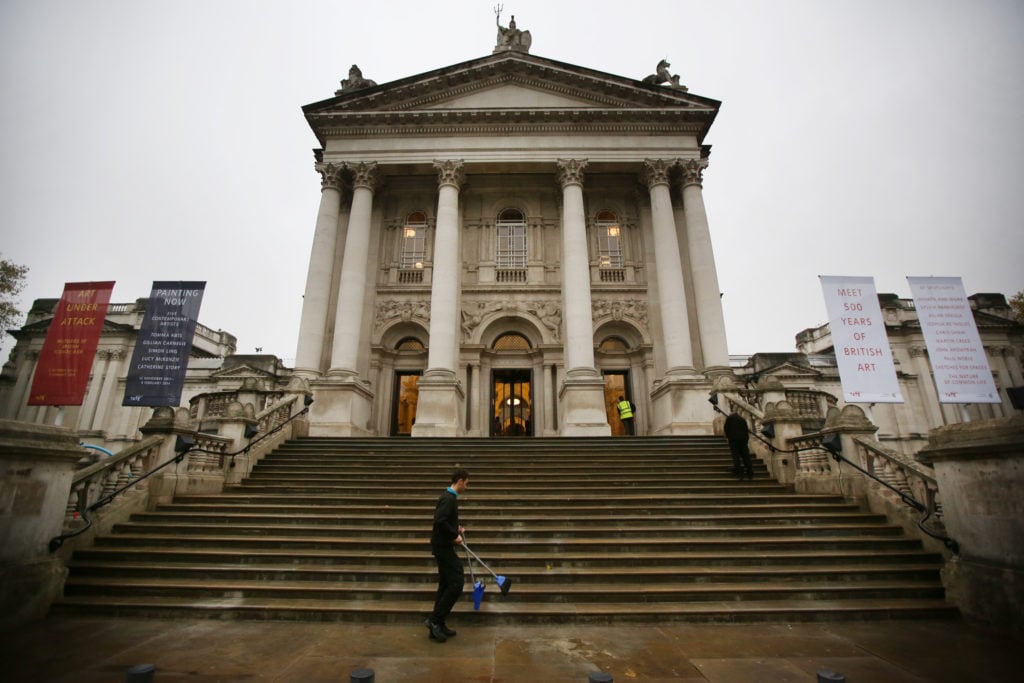Op-Ed
How Simulation Games Can Help Financially Struggling Museums and Galleries Find Alternatives to Mass Redundancies
Management consultant Ken Charman considers some alternative cost-cutting measures museums can take.

Management consultant Ken Charman considers some alternative cost-cutting measures museums can take.

Ken Charman

As the new normal starts to emerge, plans to support businesses and industries put on the brink of collapse are beginning to roll back. As they do, sectors relying on furlough offered via the UK government’s job retention scheme are being forced to make redundancies as a means to keep afloat. The art sector is no exception. Luckily, there are several creative ways to avoid, or at the very least delay, job cuts while strengthening the art world in the process.
Over 4 million jobs have been saved thanks to the furlough scheme, which allowed employers to claim back 80 percent of employee wages from the government. This very much included the art sector, in which 75 percent of employers turned to furlough.
In April, with museums and galleries closed to the public, employees were left with little choice but to head home and hope for the best. With working from home less than ideal for a sector dealing primarily with customer footfall, it relied on furlough more than most. And while the UK Treasury cast doubt initially on whether museums and galleries were eligible for the program, furlough was agreed eventually, and staff ended up with 100 percent of their salaries accounted for.
Unfortunately, that could all be about to end. Data from the British Chambers of Commerce, suggests that a third of UK businesses are to cut jobs in the coming months as the job retention scheme comes to an end.

PCS union members protesting at Tate. Photo courtesy Floyd Codlin.
Even as galleries and other institutions begin to open back up, social distancing requirements have capped the maximum capacity of many cultural venues, leaving the revenues of these institutions waning. As such, even as other industries bounce back, the art sector could be left out to dry for longer than anticipated.
And, job cuts it seems, are already underway. The National Trust is looking to cut up to 1,200 jobs while the Tate Modern has warned of plans to make more than 300 workers redundant. With workforce cuts expected to deliver an estimated 25 percent in savings annually, it’s a seemingly understandable course of action.
The problem is that this is a pandemic, with the likely impact relatively unknown at this stage. With unemployment at record highs, at a time where people are in dire need of extra cash, a blasé approach to redundancies could lead to reputational damages or worse. This is especially true if the cuts are unduly made without any attempt to implement alternatives. To avoid this, the industry needs to think creatively about its options.
One potential avenue to spare redundancies is a move to a four-day workweek. While the idea has been toyed with for decades, new and adaptable working situations ushered in by Covid-19 have sparked an entirely new conversation on the subject. So much so, in fact, that MPs in the UK are pushing for a four-day workweek to cut costs and mitigate redundancies.

UK culture secretary Oliver Dowden. Photo by Leon Neal/Getty Images.
In a bipartisan letter to the Chancellor of the Exchequer, Rishi Sunak, MPs argued that a reduced workweek could yield environmental, democratic, and economic benefits as well as boost worker productivity.
Shorter workweeks have worked historically well in combating past recessions. In the early ‘90s, the Netherlands’ public sector offered four-day workweeks to save money and avoid the need to cut staff. The same occurred in the States during the great recession. In 2008, Utah’s Republican governor, Jon Huntsman, put a shorter workweek into practice—a radical procedure that has since caught on. This approach could be particularly useful within public museums where work is less time-sensitive. It may also help those who need flexibility in regards to childcare.
Combined with a reduction in pay, a four-day workweek could avoid the need for staff cuts altogether.
Durham University is a pioneer of this approach, taking the decision in July to implement voluntary pay cuts and reduced hours to help ease the impacts of the pandemic. The university took another innovative step by urging staff to purchase additional annual leave.
Working similarly to an unpaid voluntary sabbatical, this alternative to redundancy allows buying extra holiday days in exchange for a pay cut. Buying annual leave allows employees much more choice compared to a four-day workweek, enabling them to plan days off with greater flexibility.
In some instances, employees can be retrained and redeployed. By making use of employees’ skills and reassigning to other, more lacking areas of the sector, institutions can avoid redundancy while sustaining the workforce.
Many council-run museums and galleries have already reassigned visitor team staff to the front line to help out in food banks, as well as retraining them to assist with helplines for vulnerable people.

Members and staff walk through The V&A before it reopens after 140 days, the longest period of closure in the museum’s history. Photo by Tristan Fewings/Tristan Fewings/Getty Images for The V&A.
The National Justice Museum, in Nottingham, even provided its front-of-house team brand new roles and tasks, including recording podcasts and filming videos, as well as assisting other departments in their research.
The public sector is often the first to harness redeployment strategies during a crisis, purely because of the breadth of operations under their purview. In May, more than 1,000 employees of the Somerset county council signed up for reassignment to vital new roles ranging from adult social care to distributing personal protective equipment and manning call centers.
Each one of the alternatives requires careful deliberation before being put into practice. The problem is, data within the public sector is often so fragmented that it’s impossible to get an accurate understanding of the inner workings of individual companies. Without unrestricted access to real-time reward data, the implications of these cost-saving strategies cannot be grasped and could become detrimental to the organization if administered incorrectly.

A worker clearing the steps at Tate Britain in London. Photo by Peter Macdiarmid/Getty Images.
To be able to outline a workable response plan and put these alternatives to the test, the sector should make use of a simulation or wargame before any such implementation. Simulations can help companies in crisis evaluate several cost-cutting tactics without the worry of reputational damage or running the risk of squandering resources.
The government’s $1.5 billion emergency grant for Britain’s art institutions will likely go some way to delaying redundancy in the art sector, but it can only go so far. But by harnessing real-time data and preparing via a wargame, the industry can use these costs-saving stratagems to put off the need for redundancy indefinitely.
Ken Charman is CEO of uFlexReward, a consolidated global HR and rewards data platform, developed for and used by Unilever.